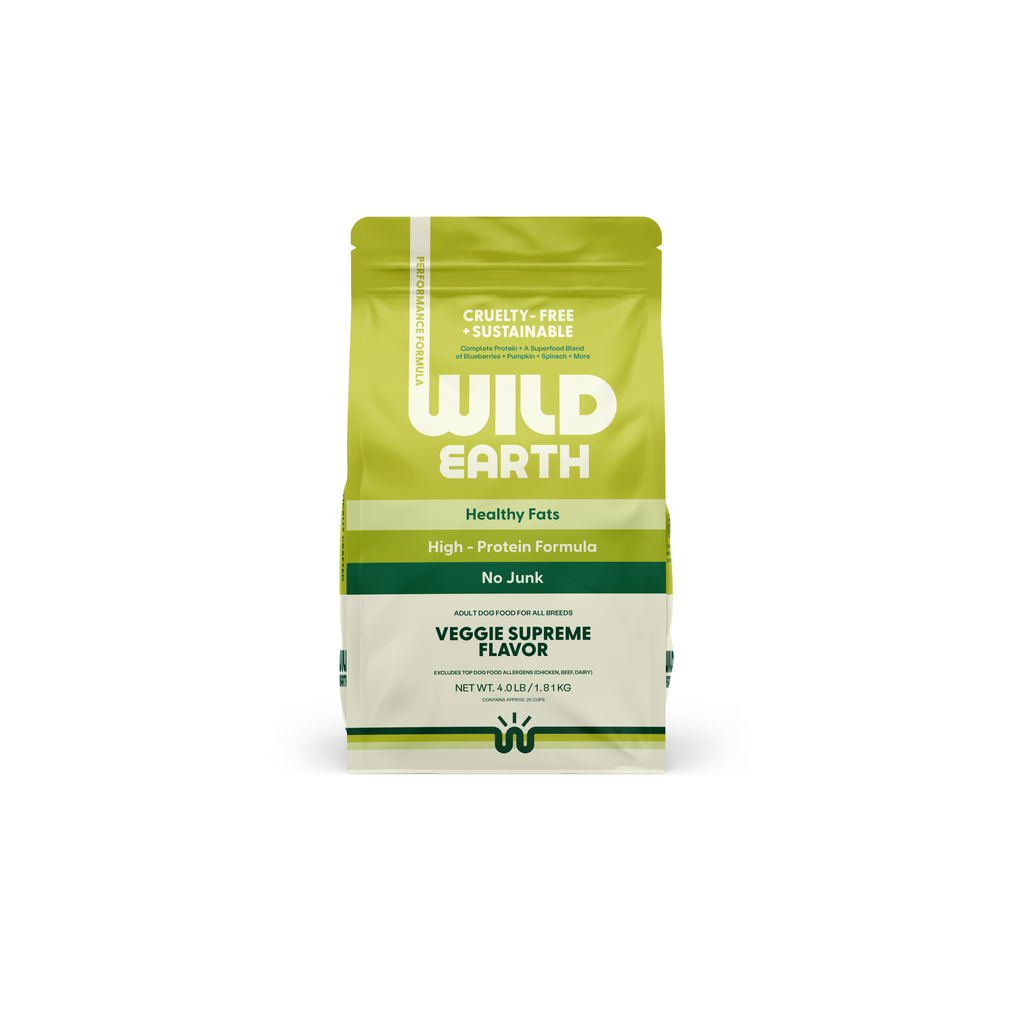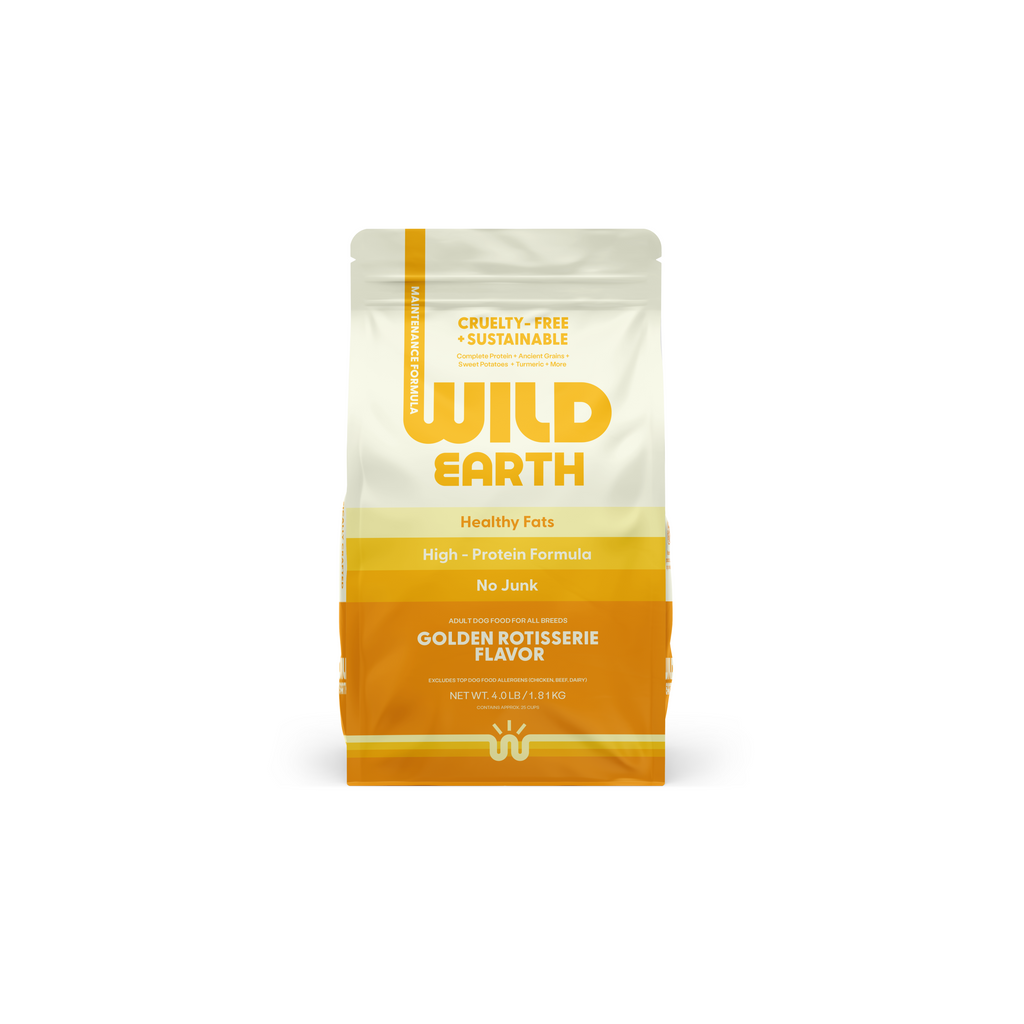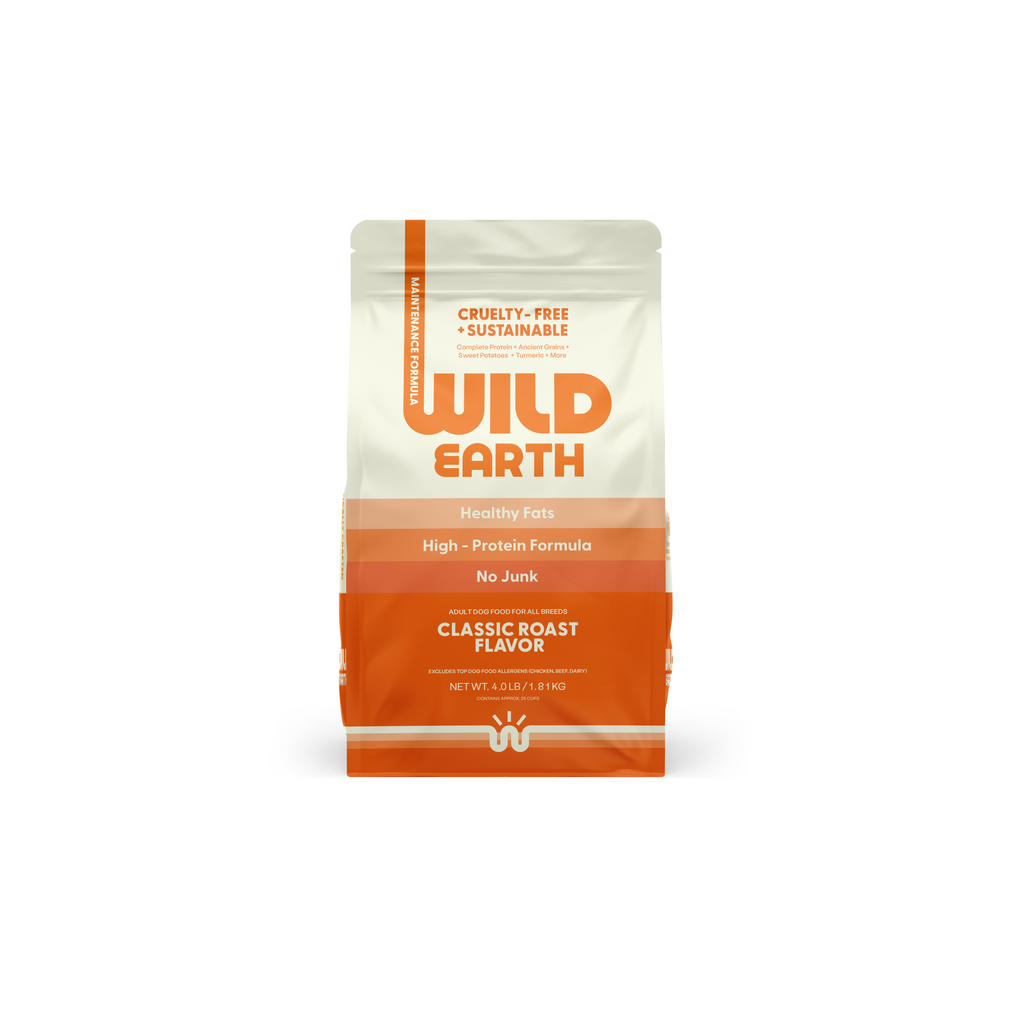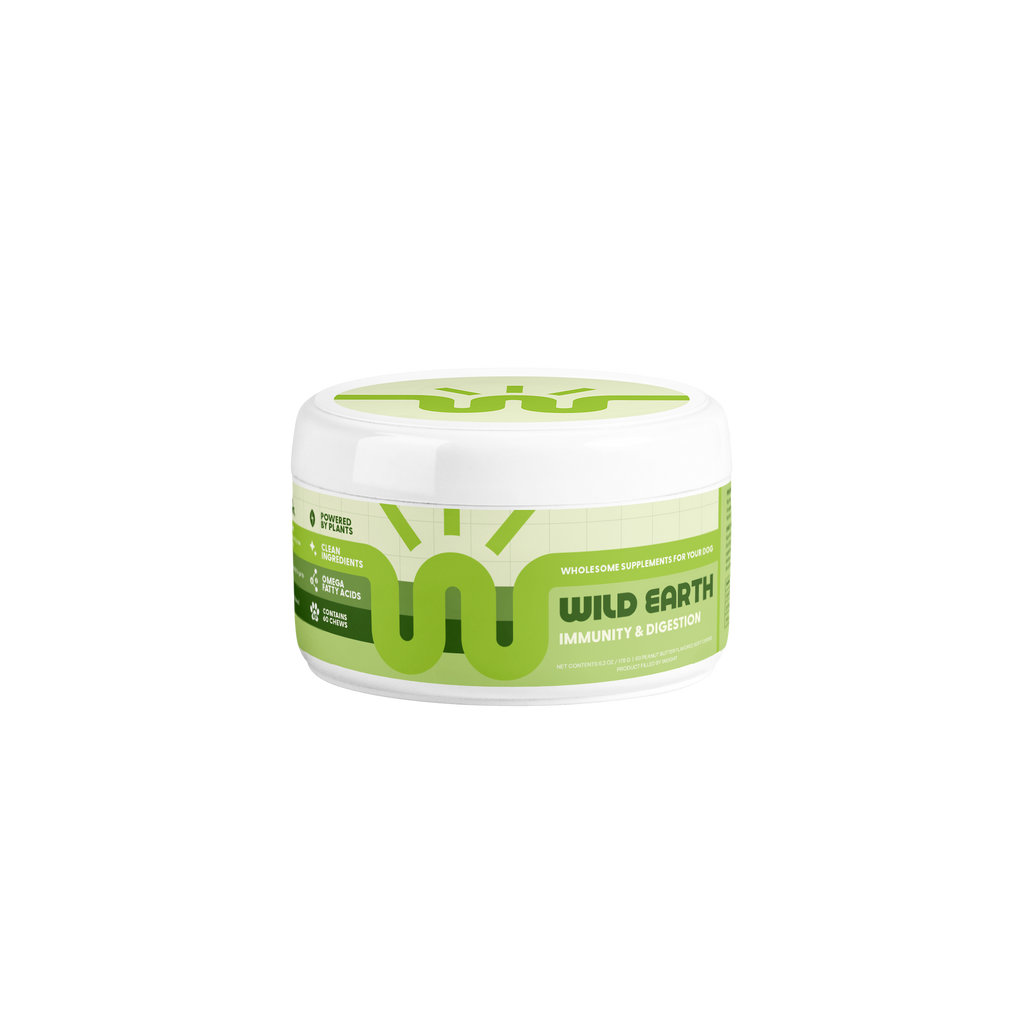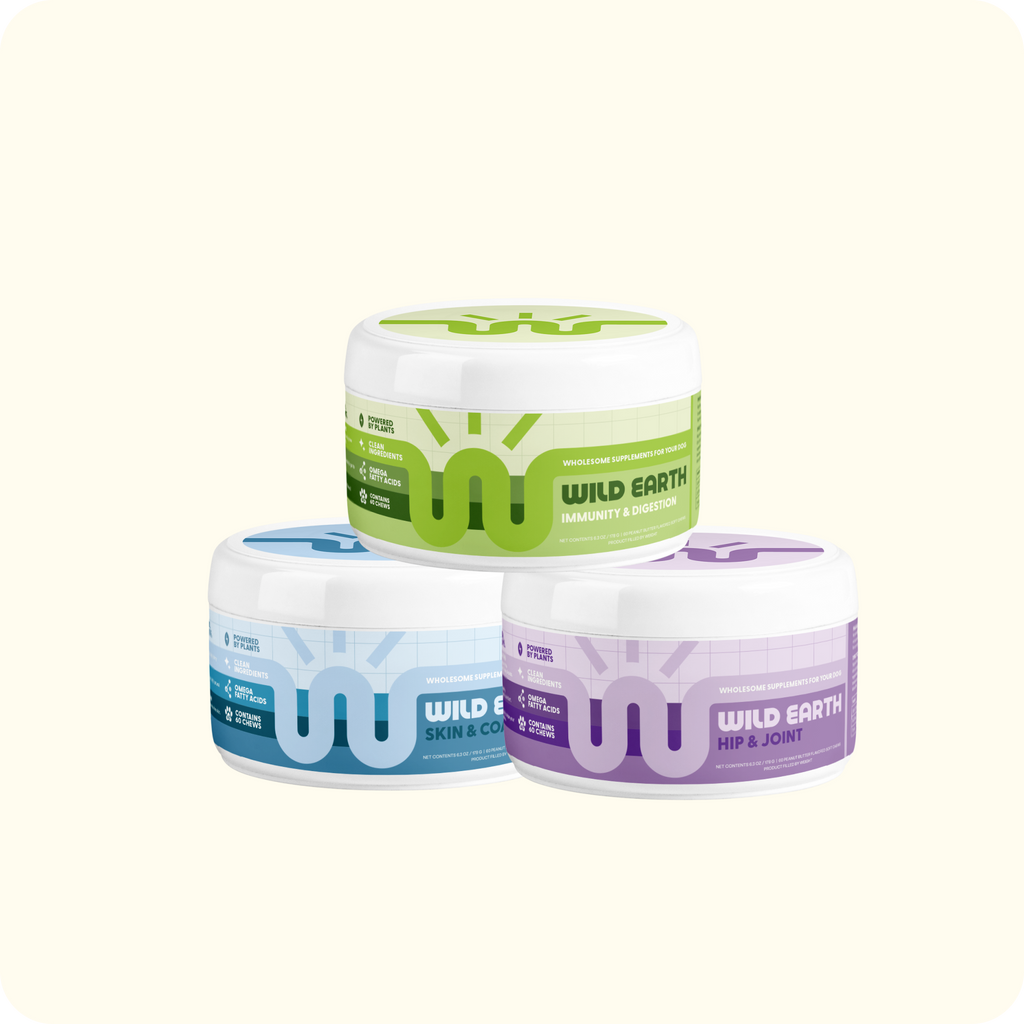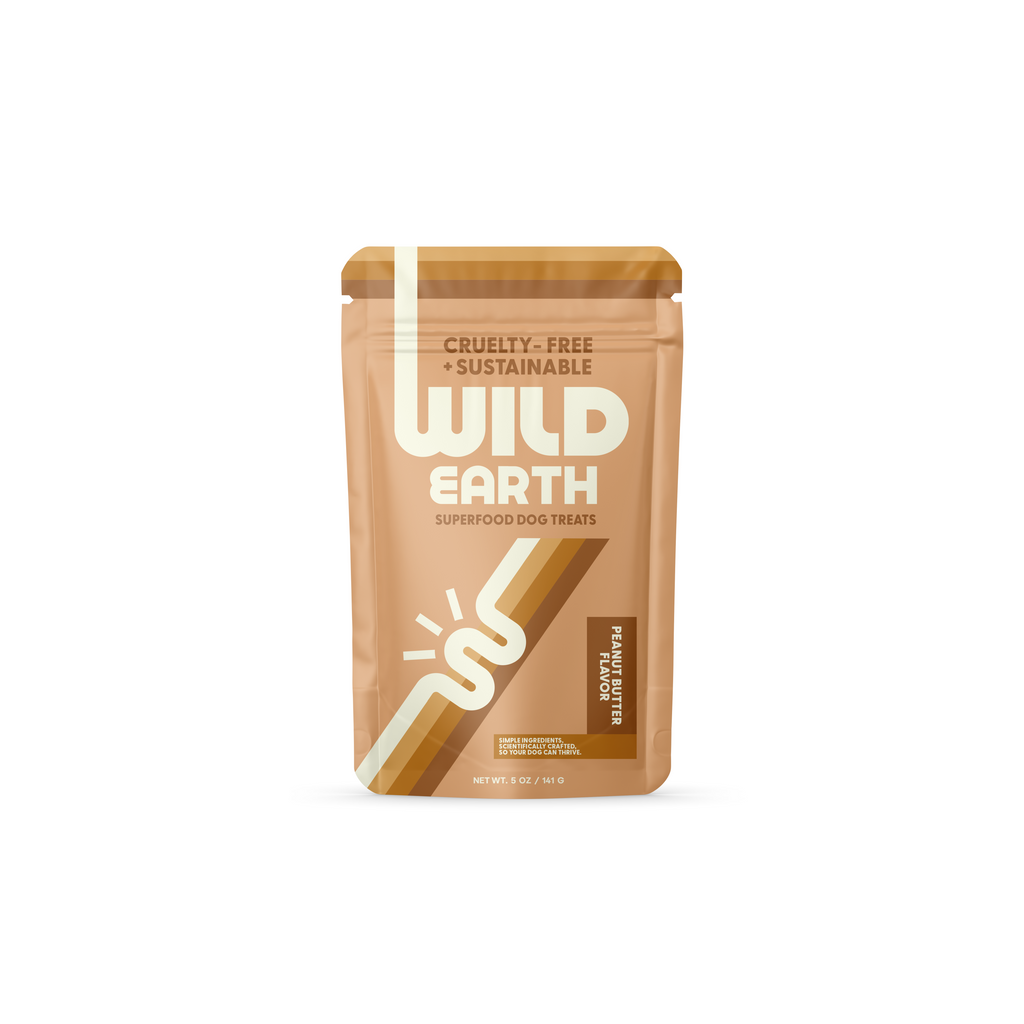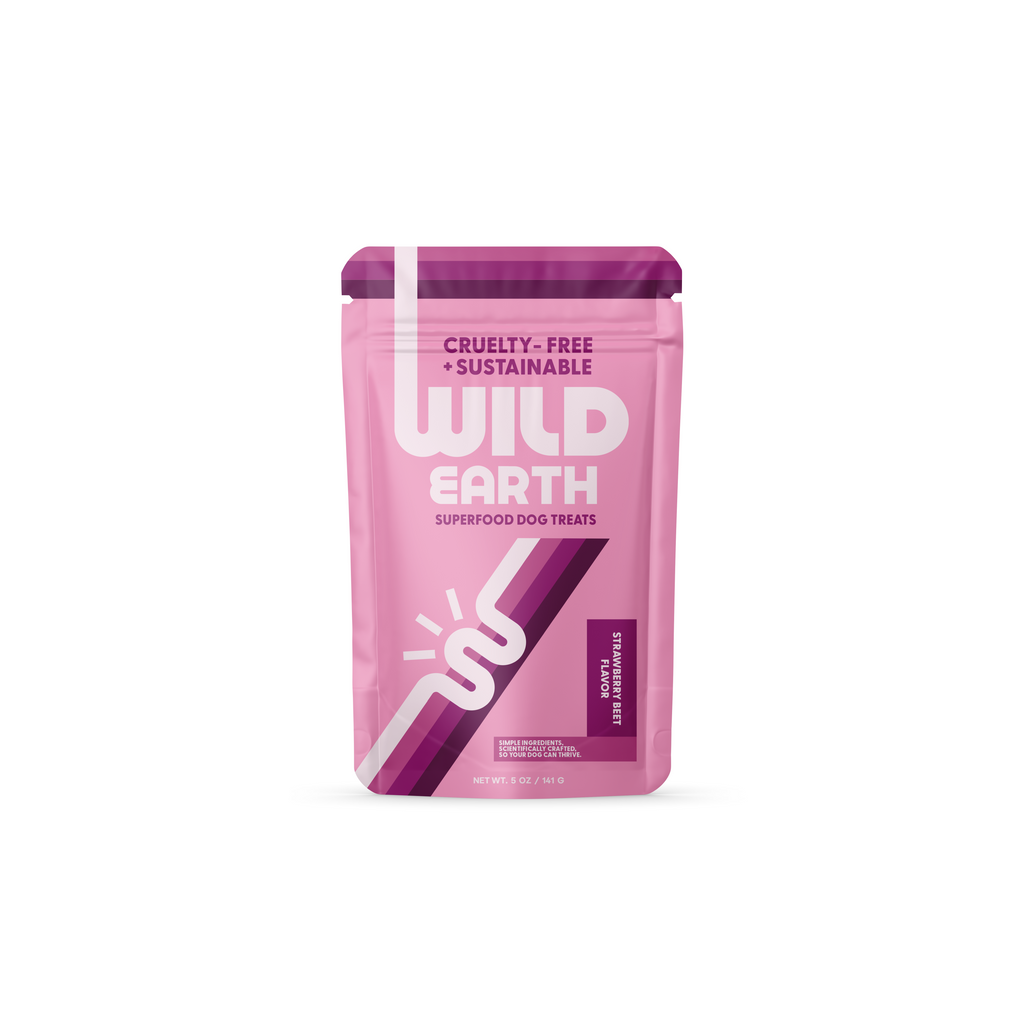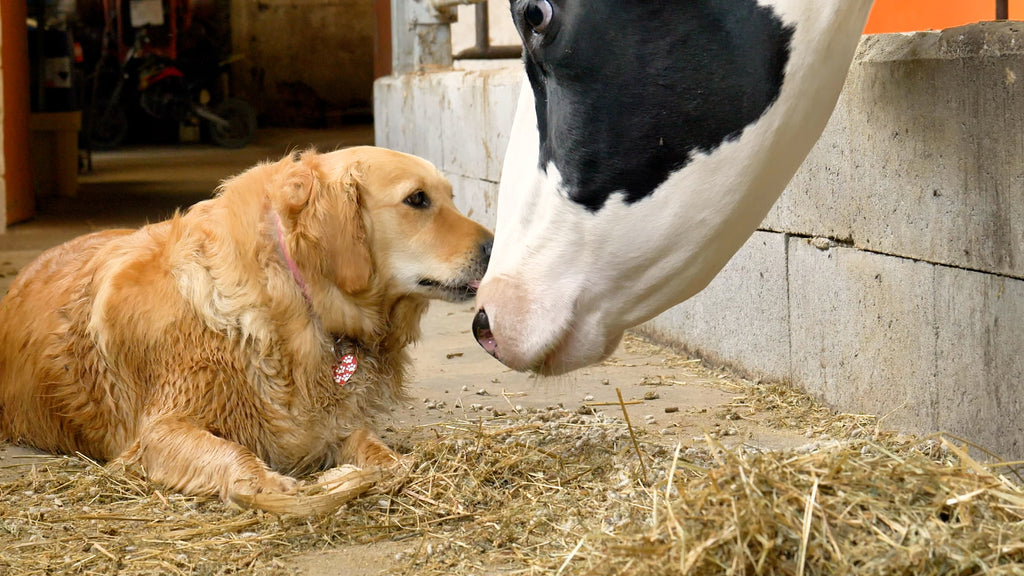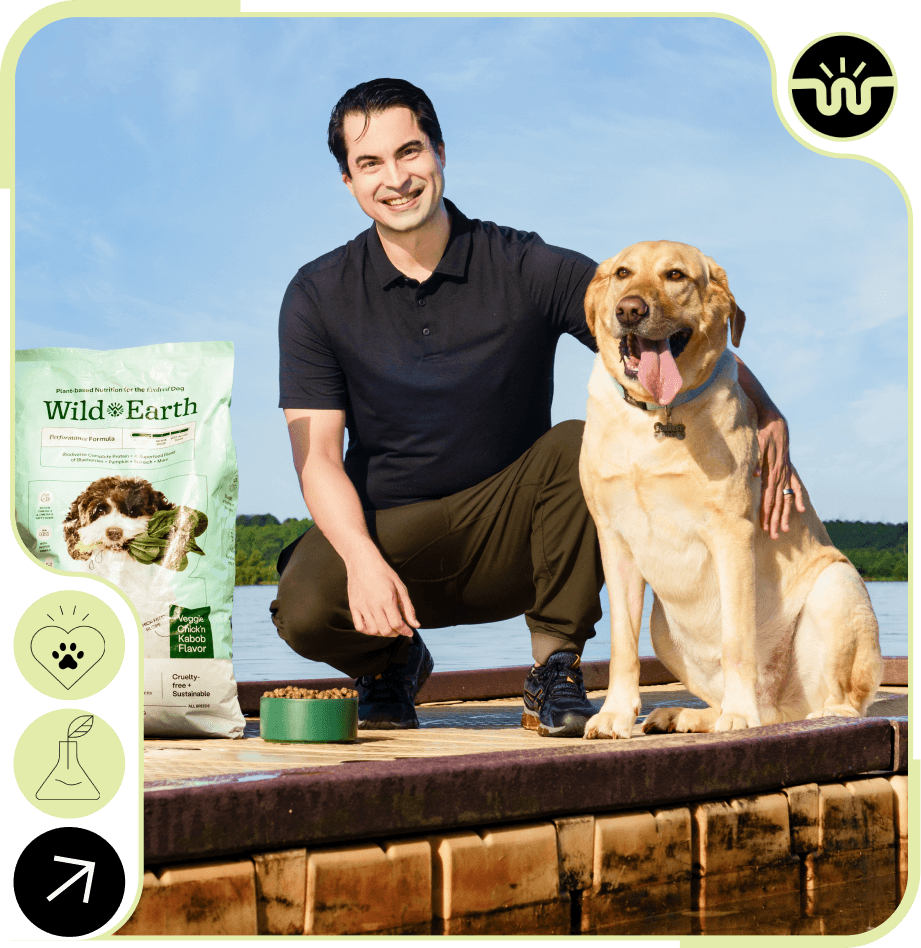
Claritin for Dogs: Uses, Dosage, & Side Effects
Key Takeaways
- Claritin (loratadine) can be safe for dogs to treat allergies, bites, or mild reactions—but only under veterinary guidance.
- Never use Claritin-D—it contains pseudoephedrine, which is toxic to dogs.
- Dosage matters: The typical dose is 0.2 mg per pound every 12-24 hours—always confirm with your vet.
- Avoid in certain dogs: Puppies, pregnant/nursing dogs, or those with liver/kidney disease.
- Possible side effects: Dry mouth, vomiting, or lethargy (though less sedating than Benadryl).
- Food is often the hidden culprit. Switching to a hypoallergenic, plant-based diet like Wild Earth can bring lasting relief.
- Long-term success comes from combining quick fixes (like Claritin) with sustainable changes to lifestyle and nutrition.
If your dog has experienced an allergic reaction in the past or suffers from allergies, you may have wondered whether there are any over-the-counter medications that could help. While many over-the-counter human medications are unsafe for your dog, several antihistamines such as claritin, benadryl and zyrtec are safe to give your dog at the right dose under veterinary supervision.
Before giving your dog any medication, it’s vital to know when it is appropriate to give it, potential side effects, and the correct dose. It may surprise you to know that human and dog doses differ, and even some “safe” medications can be dangerous if your pet has a certain condition or is taking other medications.

Understanding Allergies and Histamine in Dogs
When a dog’s immune system detects a foreign substance—like pollen, dust, or certain foods—it may mistakenly classify it as harmful, triggering an allergic response. In this process, mast cells in the immune system release histamine, a chemical that binds to H1 receptors in the body. This binding results in visible allergic reactions, including:
- Redness
- Swelling
- Itchiness
- Sneezing or watery eyes
Left unchecked, these symptoms can cause significant discomfort and even secondary issues, such as skin infections from excessive scratching.
How Does Claritin Work for Dogs? A Relief for Allergic Symptoms
Claritin, a popular over-the-counter antihistamine, is commonly used to treat allergic symptoms such as itchiness, redness, and inflammation. Whether addressing seasonal allergies, skin reactions, or other histamine-induced issues, Claritin provides relief by targeting the root cause of these uncomfortable symptoms.
The active ingredient in Claritin, loratadine, works as a selective H1 receptor antagonist. This means it blocks histamine from binding to the H1 receptors in the body. By doing so, loratadine effectively halts the chain reaction that leads to allergic symptoms.
Unlike older antihistamines like diphenhydramine (Benadryl), Claritin is non-drowsy, making it a preferred choice for pet owners who want allergy relief without causing lethargy in their pets.
Key Benefits of Claritin
-
Rapid Action: Claritin quickly alleviates allergy symptoms, allowing pets to feel more comfortable in a short amount of time.
-
Non-Sedating: Unlike some antihistamines, Claritin doesn’t cause drowsiness, so your pet remains active and alert.
-
Long-Lasting Relief: A single dose typically provides 24-hour relief from symptoms.
Improve Dog Allergies With Wild Earth Dog Food
Caution
There are several formulations of Claritin on the market, and some can be toxic to your dog. Always check the label to make sure that the only active ingredient is loratadine. Claritin-D should never be administered to your dog as it contains pseudoephedrine which is lethal to dogs. Additionally, do not give chewable, or slow-release versions.

Uses of Claritin For Dogs
Claritin can be administered to dogs to treat the following conditions:
Allergies
The three most common allergies in dogs are food, environmental and flea allergies. Itching, inflammation, and redness are common symptoms. Claritin can possibly help with skin irritation caused by allergies.
Did you know the most common food allergens for dogs are animal-products, namely chicken, beef and dairy. Learn about our Clean Protein Dog Food that is free from the top dog food allergens.
Bites and Stings
Insects bites or stings can cause your pet to have an allergic reaction. If the reaction is mild, such as swelling, itching, or hives, you can consider giving Claritin to reduce these symptoms under the direction of a veterinarian. If your pet has any facial swelling or difficulty breathing, seek veterinary care immediately.
Mast Cell Tumors
Dogs suffering from cancerous mast cell tumors are likely to develop frequent chronic inflammation due to excessive blood histamine levels. Your vet may recommend an antihistamine such as Claritin to help provide relief, but keep in mind it will not treat the tumor. Speak with your vet before giving Claritin to your dog, especially if they have a tumor and/or are receiving other medications.
Vaccination Reactions
Vaccines are very important for preventing disease in your pup, and as a vet, I always recommend staying up to date with vaccines. As with humans, some dogs can experience a vaccine reaction, which is basically an allergic reaction to a vaccine, and these reactions can range from mild to severe. Your vet may recommend an antihistamine such as Claritin prior to vaccine administration, although Benadryl is usually chosen. Even though these allergic reactions can be scary, they shouldn’t deter you from administering vaccines to your dog.
Recommended Claritin Dosage For Dogs
The recommended dose for Claritin is 0.2 milligrams per pound of body weight every 12-24 hours. This is only a general recommendation, and as with all medication, you should consult with your veterinarian and have them give you the appropriate dose for your individual dog. Always check the packaging, but typically a Claritin tablet is 10 milligrams per tablet.
As with any medication, giving the correct dose is of utmost importance in order to avoid overdose or toxicity.

Side Effects of Claritin For Dogs
Unlike traditional antihistamines, Claritin doesn’t usually cause drowsiness or hyperactivity. That said, your dog might show the following side effects after ingesting Claritin.
- Stomach upsets
- Decreased tear production
- Dry mouth
- Vomiting
- Diarrhea
- Urinary retention
The side effects are usually not lethal, and should resolve after some time. Symptoms of Claritin overdose include hyperactivity, depression, and/or rapid heart rate.
Is Claritin Safe for All Dogs?
While Claritin for dogs is commonly prescribed for allergy relief, it can be fatal for pets suffering from certain conditions or currently on other drugs. Loratadine formulations shouldn’t be given to:
- Young puppies
- Nursing and pregnant females
- Dogs ailing from liver, kidney, and keratoconjunctivitis sicca disease
- Loratadine sensitive or allergic dogs
- Dogs on other contraindicated drugs such as cimetidine antacid, erythromycin antibiotics, or ketoconazole antifungal drugs
Bottom Line on Giving Claritin to Your Dog
Claritin, with its active ingredient loratadine, can be a safe and effective option for managing allergies in dogs when used appropriately. However, it’s essential to remember that any medication, even over-the-counter ones like Claritin, should only be given to your dog under the guidance of a licensed veterinarian.
Key Considerations Before Giving Claritin
1. Consult Your Veterinarian First
Your vet will assess your dog’s specific health needs and determine if Claritin is suitable for managing their symptoms. They’ll also recommend the correct dosage based on your dog’s size, age, and medical history.
Be sure to mention any other medications your dog is taking, as Claritin could interact with certain drugs, potentially leading to adverse effects.
2. Avoid Claritin-D
While plain Claritin may be safe, avoid formulations like Claritin-D, which contains pseudoephedrine, a decongestant that is toxic to dogs and can cause severe side effects, including elevated heart rate and seizures.
3. Follow the Correct Dosage
Overdosing on antihistamines can lead to symptoms like lethargy, vomiting, or more serious complications. Always use the exact dose prescribed by your veterinarian and avoid assumptions based on human dosages.
Is Claritin Enough for Dog Allergies?
Allergies in dogs are no joke. They can turn your happy, playful pup into a scratchy, uncomfortable mess. And while Claritin might feel like the magic answer, the truth is, it’s just one part of the bigger picture.
Studies have shown that dogs raised in rural, microbe-rich environments actually end up with stronger immune systems compared to their city-dwelling buddies. In fact, one study looked at 168 dog-owner pairs and found that dogs in the countryside had fewer allergic reactions and healthier skin microbiomes. Pretty wild, right?
And here’s something even crazier, thanks to climate change, allergy season is lasting longer and hitting harder. Pollen cycles now kick off 20 days earlier, stretch out 10 days longer, and release 21% more pollen than they did back in 1990. The financial side isn’t pretty either. Skin allergies were the #1 reason for dog insurance claims in 2024, making up 16% of cases. Treatments averaged $266 in the first month, and if left unmanaged, that cost can climb up to $841 a year.
So, what does this all mean? Simply put, Claritin helps in the moment, but it’s not the end-all solution. A real game plan involves making lifestyle changes like bathing your dog more often, wiping their paws after walks, using a HEPA filter inside, and keeping their bedding squeaky clean.
But the main aspect is food. A lot of allergies come from common animal proteins like chicken, beef, or dairy. That’s why switching to a hypoallergenic, plant-based diet can be a total game changer.
This is where Wild Earth comes in. Their vet-developed recipes are 100% plant-based and skip all the common allergens. Dog parents who’ve made the switch often notice healthier skin, shinier coats, and way less itching. Plus, Wild Earth does it all with clean, sustainable ingredients so you’re helping your dog and the planet.
Claritin may be your quick-fix Band-Aid, but lifestyle changes and the right diet (hello, Wild Earth!) are the long-term solution that keeps your furry best friend feeling their absolute best!
Final Verdict
At the end of the day, managing your dog’s allergies isn’t about finding one magic cure, it’s about playing the long game. Claritin can definitely help with mild symptoms, but the real solution comes from combining it with smart lifestyle choices and the right diet. Your pup doesn’t have to suffer through endless itching, watery eyes, or irritated skin. With the right combination of care, a lot of clean living, and the right food can help them thrive again.
Tiffany Ruiz Dasilva, VMD, cVMA
Dr. Tiffany Ruiz Dasilva is the Professional Services Veterinarian here at Wild Earth. She received her Bachelor of Science degree in Biology from Brown University, and attended veterinary school at the University of Pennsylvania School of Veterinary Medicine. Since graduation, she has worked in general practice, on telehealth platforms, and in animal rehabilitation. She has worked tirelessly to gain expertise in the field of canine nutrition through numerous certifications and coursework, and plans to pursue her Masters in Animal Nutrition.







